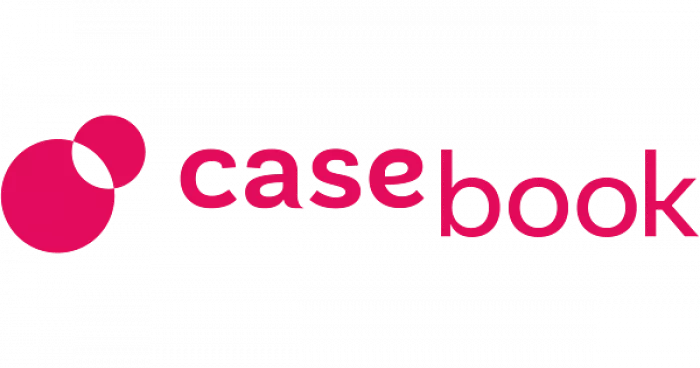The scope and nature of social services provision have greatly changed recently. The burden of extensive record-keeping and disparate systems is being erased. There are now many organizations that have opted to use technology that makes them more effective and reaches more people in the community.
An illustration of such a transformation is provided by powerful Casebook case studies as they are examples in point.
Measurable Impact That Matters
How do social service organizations perform with the appropriate tools? Yes, the change can be quite astonishing. Organizations that utilize welfare case management systems spend less time on reporting requirements, down an average of 25%. This is not a mere bureaucratic win. It is an increase in client satisfaction and service delivery. Specific Casebook case studies repeatedly show these efficiency gains in a number of program areas.

Success Stories That Inspire Change
Centralized information management is exemplified by YWCA of Greater Harrisburg. More so, the team enhanced efficiency in time while adding value through unified case notes and an important details database. Their mission-driven technology, Casebook case studies, are excellent for presentation.
United Way of El Paso tells an equally compelling story. Their Community Resource Center team now manages 50% more clients than before implementation, providing over 857 courtesy referrals to 864 households. This dramatic increase in capacity allows them to extend their services to previously underserved community members. These Casebook case studies showcase quantifiable improvements in service delivery.
Breaking Down Traditional Barriers
"You can literally sit anywhere in the community and write case notes, which for a social worker is invaluable," explains Amber Teunis, a social worker with the Lansing Police Department. This mobility represents a fundamental shift in how frontline workers engage with communities—bringing services directly to where they're needed most.
Similarly, Philadelphia Community Youth Court transformed their operational challenges into opportunities for growth. "We significantly reduced administrative tasks and the time to complete them, giving our team the ability to focus more energy on the children we serve," notes Judge Francine Hardaway, CEO and founder. These real-world Casebook case studies demonstrate practical solutions to common challenges.
Data-Driven Decision Making
Organizations maximize efficiency and achieve their set goals only if they utilize their collected data well enough. Rhonda about YWCA explains that understanding the usage or participation of services by the zip code for their organizations also highlighted service delivery gaps that enabled them to build stronger cases for funding.
For Working Wardrobes, working with partners has resulted in their community impact becoming more potent and effective. “All Association’s necessary documents are central for our team and every other person can share from there which helps us to interact, we have also been impactful,” says Bonni, CEO.
Conclusion
Some of the most impactful Casebook case studies show that successful adoption is not so much about incorporating the technology but rather seeing a shift in the organizational ethics and service delivery philosophy. The organizations with the best results have used the dynamic forms, customized reporting, and proper help to solve various issues.
Post Comment
Be the first to post comment!




